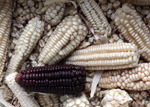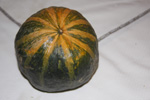Siege By Boko Haram Due to Economic, Not Religious Frustration
By Toluwa Olusegun, IPS. Lagos, Nigeria – The sectarian crisis and recent violence by extremist groups, like the June 16, 2011 bomb blast on the Nigerian Police Headquarters, were borne out of anger at prevailing economic conditions rather than religious frustration.
Continue reading →

